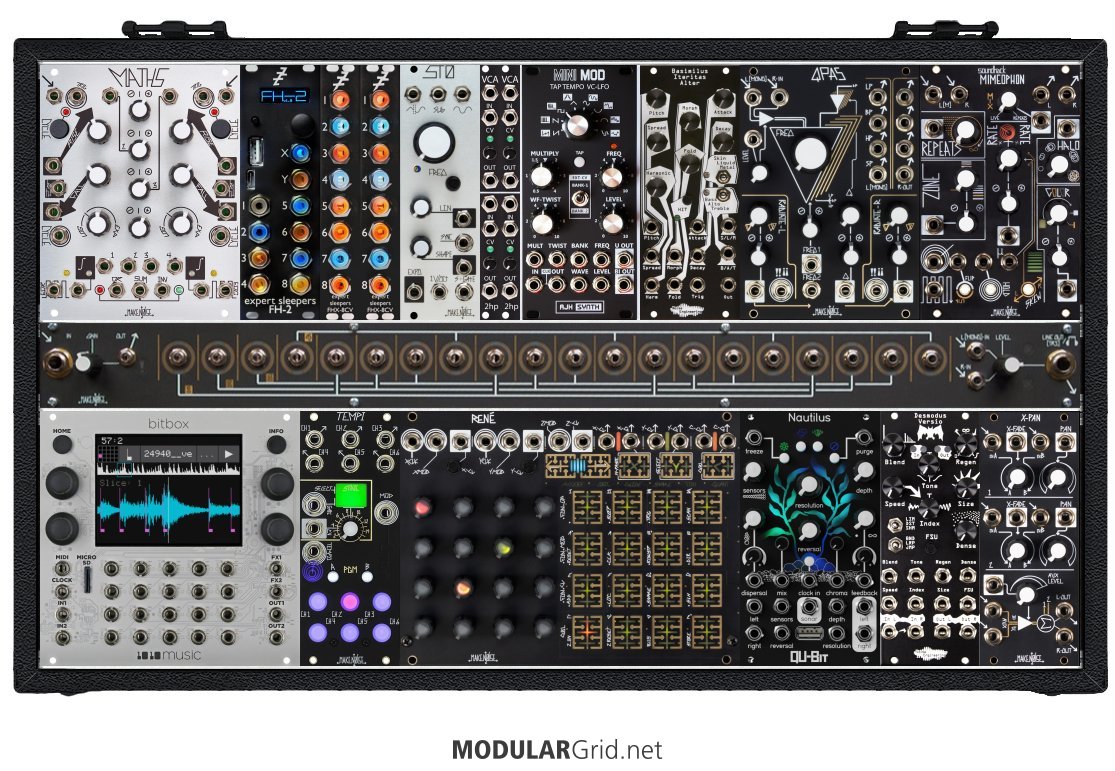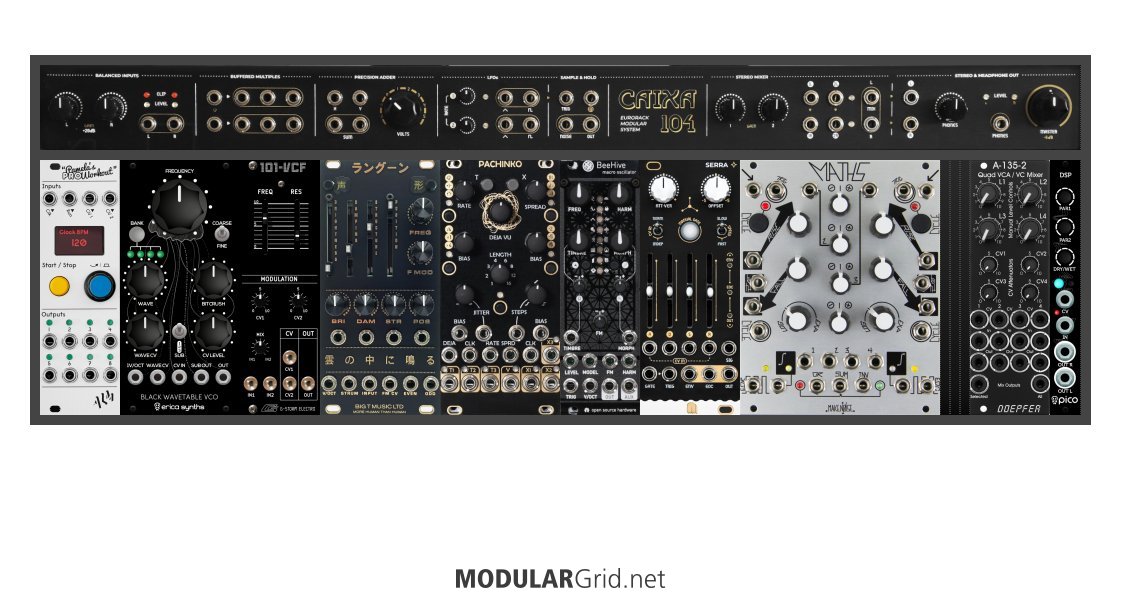Thanks for taking the time to answer me.
NP
Yes you're right about it all, I've considererd what you said and yes and I'm going to redesign from start my rack, and planning to use a Mantis rack or a Case From Lake rack (don't know why, but I like the 1U modules hehe, just maybe for utilities yeah)
personally I think this makes light of the importance of utilities... but each to their own... I've never found anything that warrants 1u - I'd always rather just add an extra 3u (I DIY most of my cases) as they cost the same to build (at least in terms of hardware and barely anything extra in terms of wood) they really just save 3.5" in height and take up more than that saving in width...
About the MI modules, yes I know that, planning on buying clones on second hand modules.
Don't know why but I like the turing machine too, maybe just not use all the expanders yeah, and why not try marbles.
I have marbles, it works slightly differently than a TM, in terms of how it generates the signal, but marbles does have the advantage of 3 quantized cv outputs, 1 random output and 3 triggers/gates in a single module in 18hp (or less in the case of some clones - pachinko is acceptable at 14hp - but smaller it'll be fiddly) and remember the TM needs quantizing!
Same goes for ramapage and maths, I've looked up both and even now, don't know what module is best for my use (maybe I should start by knowing what I really want to do, that will surely help!), but yeah math was my first choice.
swings and roundabouts to a large extent - but I'd rather have Maths - spend time with it and the supplement and try to understand the what, why, how of it...
And again, you're right, same goes for the sound sources, I just wanna be sure that I had enough, but 2-3 is already enough for a rack that size I suppose?
Didn't know about the size of the modules and for the 2hp modules then, thanks for the advice!
lots of 2hp modules together is miserable...
I'll repost my rack when I'll be satisfied with it, if I could get your opinion then, would be great!
Thanks again!
NP again - just post the new one in this thread and I'll get a notification
"some of the best base-level info to remember can be found in Jim's sigfile" @Lugia
Utility modules are the dull polish that makes the shiny modules actually shine!!!
sound sources < sound modifiers < modulation sources < utilities


